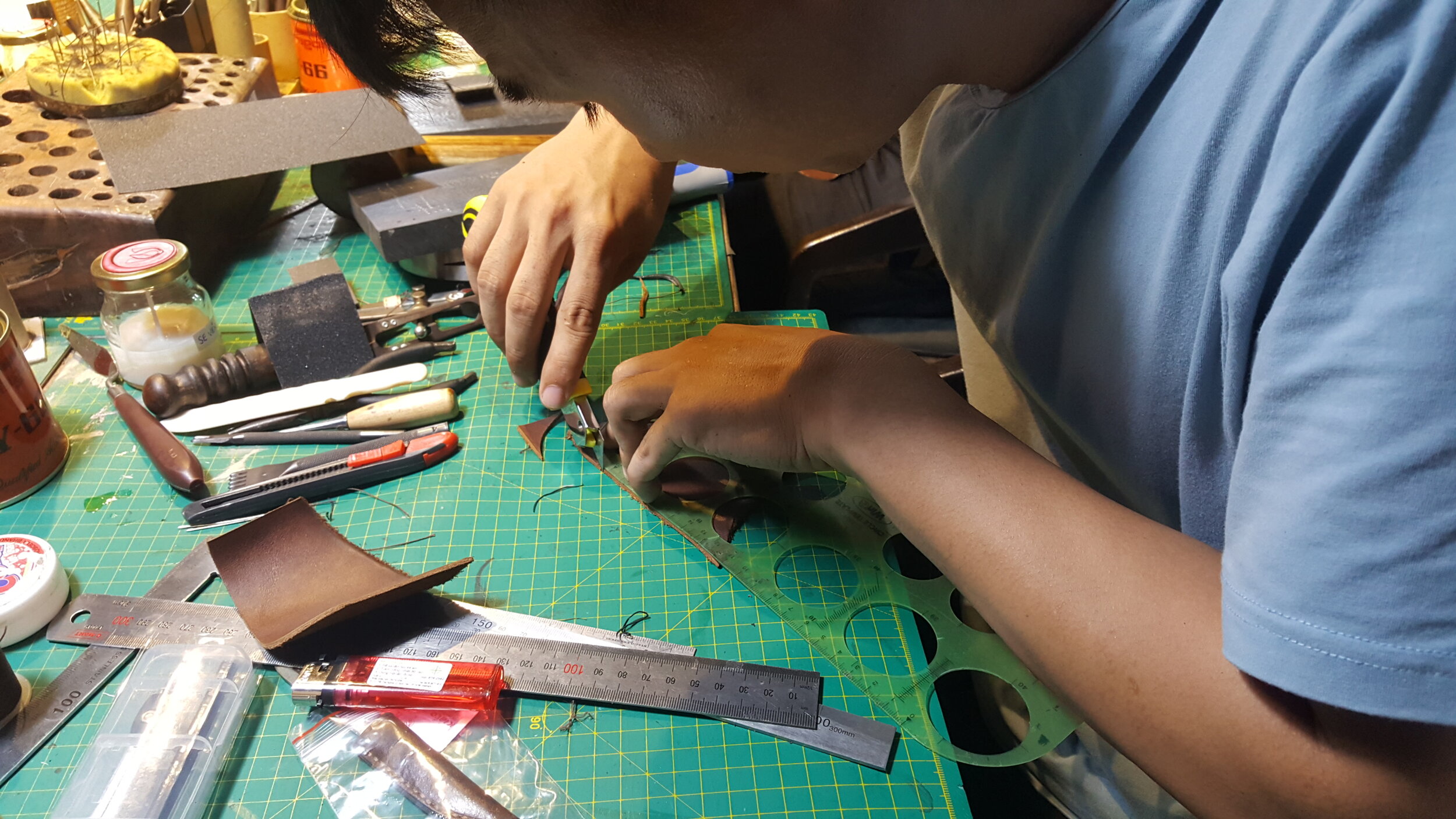The principles of human craftsmanship design
As I was reading Don Norman’s Design of Everyday Things, I came across the quote “Why do we put the requirements of machines above those of people?”
This quote sparks a lot of thoughts in me. I am spending a significant amount of time in the last three years working on TAILORU — a tech platform to help artisans gain more income and do better work through modern technology, as well as a few other startups that focuses specifically on preserving the best of human craftsmanship through tech.
My journey with TAILORU started in my homeland Vietnam when I noticed that there is a disproportionate gap of income between the artisans doing the work and the amount of money the customers oversea pay. Such inequality is abhorrent in itself, seeing the beautiful silk or embroidery which took days to make, and the minuscule payment that comes back. All would be well if the artisans were being content with the amount that they get. But the fact of the matter is that they have many more different options for income. Sure, these factory jobs are not glamorous, but they pay.
The best of human craftsmanship is fading away into a thing of the past (if we don't do anything).
Immediately, my thoughts at that time is to use Technology to help modernize these thousand years old crafts. “It must be that Human are falling behind and we must catch up to Technology, to the MODERN WORLD.” I have thought.
My experience as a User Experience Designer gets me excited to solve this handmade problem the digital way.
The Conversations that Unlock the Principles of Designs
Just today I had an interesting conversation with an Engineer, truly in a Design <> Code fury exchange of ideas. She shared “I’m always fascinated with the way artists think. They seem boundless and unbothered by guidelines.” We then ventured into a discussion on the role of Logic in Design vs. Programming process. Reflecting on my experience as a Designer / Instructor and current experience learning Ruby, I shared that:
Design uses Logic as a guide to unlock a more fluid Creativity process, exemplified in the Affinity Mapping method to arrive at Ideation, or the Grid to arrive at UI layouts
Whereas Code uses Logic is a must-have as the core step-by-step process in its entirety, as seen in the pseudocode or simply in if/else statements
Of course this is a simplified view of Design and Programming process, for no one in their sane mind would refute that Coding requires a different kind of abstract creativity that even the Designer envies. My point in the conversation rests in the Logic entry points and usage ratio each of these disciplines.
What is the Balance Between Logi and Creativity in the Modernization human Craftmanship
I believe Craft is closer to Design, so (I) Creativity supported by Logic
The second conversation I have today was with a student around the topic of Animal <> Human language. “How come that the bird can flap its wings a few times, chirps a few times, and be able to communicate better than Human?” For him, the Animals communicate while Human just talk.
As I ruminate on the question, thoughts come to mind that it’s not that the bird can communicate better, it is that the vocabulary that they are using is more limited, defined and hence is less prone to misunderstandings and errors. Human language, similar to handmade skills, are more quirky, diverse, and open to interpretation. the more complex and varied something is, the more it is likely to attracts errors. (II) Simplicity over Complexity
Lastly, my new conversation with Don sparks the question of Machine <> Human needs.
Recently, we are working on a UX / Dev project called TAILOAR which provide people a way to measure themselves at home, thus allowing tailors to get more customers and these crafters to earn more livings. As we’re prototyping this solution, we were asking the users to match the accuracy of the Machine requirement. “You captured 34.46 cm, which is outside of the range of 35 to 40 cm.” Ambitious, and totally irrelevant based on the following user testing and interviews that we did. This is putting the requirements and needs of the Machine first: Accuracy.
Instead, what we should do is to put the User needs first: help me achieve my goal of measure myself with ease. I already trust that you have the accuracy down if it seems easy to do. (III) Ease over Accuracy
Whether we are working on a Human problem or an inherent Technology problem, the end user / operator will be Human. As such, we need to be able to communicate in ways that bring together:
(I) Creativity supported by Logic
(II) Simplicity over Complexity
(III) Ease over Accuracy
This way, we will be able to preserve the best of Human abilities, what makes us different and (still) a leg up from our Machine counterparts.
TAILORU Technology is part of the TAILORU Group, along with TAILORU Education, and TAILORU Collective. Our mission is to advance humanity through design, technology, and education.

